Guru Nanak Jayanti Wishes, Quotes, and Messages to Share
Celebrate Guru Nanak Jayanti 2025 with inspiring wishes, quotes, and messages that reflect the divine teachings of Guru Nanak Dev Ji.
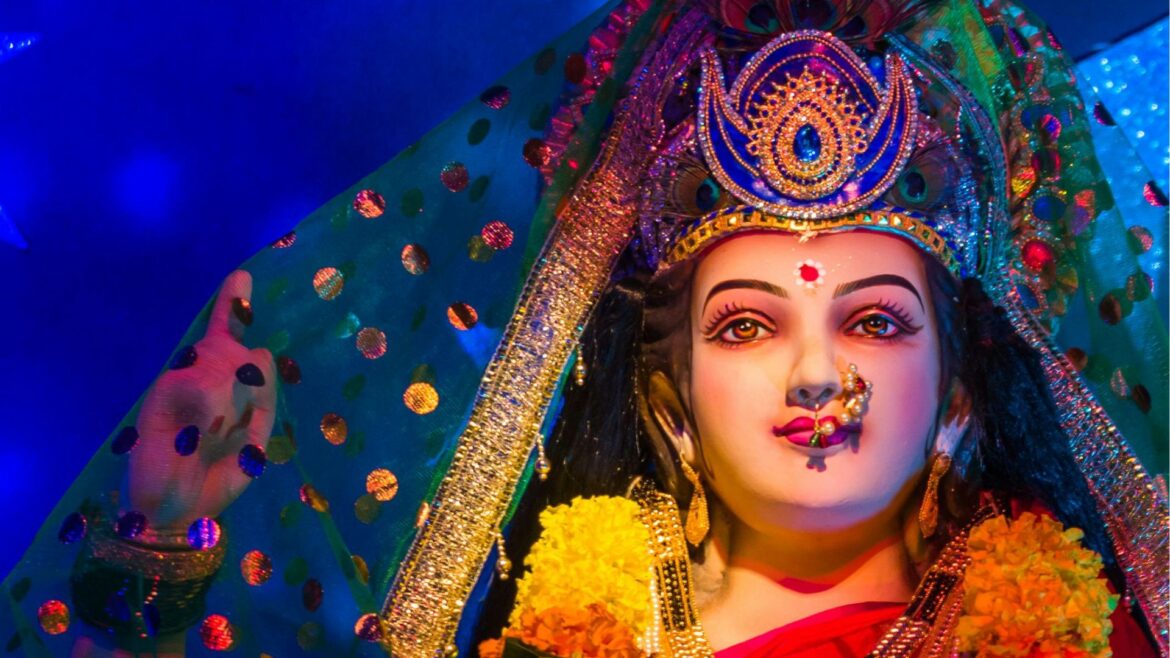
During the vibrant festival of Navratri, each of the nine days are dedicated to a form of Goddess Dura, celebrating her qualities and powers in each form.
Each of the nine days of Navratri is dedicated to the worship of a specific form of Goddess Durga, known as the “Navadurga”. Each day has its own significance and is associated with a particular color, representing different qualities and powers of the goddess. Let’s look at the significance of each day.
Form of the Goddess Durga Worshipped: Shailaputri, Daughter of the Mountain
Color of the First Day of Navratri and it’s Significance: Yellow, Symbolizing happiness and brightness
Significance of the Day: The first form of Durga, Shailaputri, represents mother nature and purity. She is depicted holding a trident in one hand and a lotus in the other. She rides a bull (Nandi). Worshipping her helps devotees seek the goddess’s blessings for peace and strength.
Form of the Goddess Durga Worshipped: Brahmacharini, The Ascetic
Color of the Second Day of Navratri and it’s Significance: Green, Symbolizing growth and harmony
Significance of the Day: Brahmacharini signifies strength in austerity and penance along with devotion and faith. She walked barefoot through the mountains, performing severe penance to attain Lord Shiva. Her story teaches the importance of perseverance and self-discipline.
Form of the Goddess Durga Worshipped: Chandraghanta, The Goddess of Courage
Color of the Third Day of Navratri and it’s Significance: Grey, Symbolizing strength and transformation
Significance of the Day: Chandraghanta is the goddess of peace and serenity along with bravery and courage. She rides a tiger and has a crescent moon on her forehead, which is why she is called Chandraghanta. She represents beauty, fearlessness, and the destruction of evil.
Form of the Goddess Durga Worshipped: Kushmanda, The Creator of the Universe
Color of the Fourth Day of Navratri and it’s Significance: Orange, Symbolizing warmth, energy, and enthusiasm
Significance of the Day: Kushmanda is believed to be the creator of the universe. She radiates a warm, pure glowing light that is said to have created the cosmos. Worshipping her on this day brings happiness, health, and prosperity.
Form of the Goddess Durga Worshipped: Skandamata, Mother of Lord Skanda (Kartikeya)
Color of the Fifth Day of Navratri and it’s Significance: White, Symbolizing purity, peace, and serenity
Significance of the Day: Skandamata is the mother of Lord Skanda, the god of war. She is depicted riding a lion and carrying baby Skanda in her lap. Worshipping her brings wisdom, power, and prosperity. The day represents maternal love, care, and the bond between mother and child.
Form of the Goddess Durga Worshipped: Katyayani, The Warrior Goddess
Color of the Sixth Day of Navratri and it’s Significance: Red, Symbolizing love, passion, and fearlessness
Significance of the Day: Katyayani is a fierce form of Durga, born to the sage Katyayan. She is depicted with a sword and rides a lion. She symbolizes courage and is worshipped for protection, health, and victory over enemies. Devotees believe that praying to Katyayani can also help in finding a suitable life partner.
Form of the Goddess Durga Worshipped: Kalaratri or Kali, The Dark Night
Color of the Seventh Day of Navratri and it’s Significance: Royal Blue, Symbolizing power and divine energy
Significance of the Day: Kalaratri is the most violent form of Durga, also known as Kali. She is depicted as dark-skinned, riding a donkey, and carrying a sword and trident. Her terrifying appearance symbolizes the destruction of darkness and ignorance. Worshipping Kalaratri is believed to protect from evil forces, negativity, and fear.
Form of the Goddess Durga Worshipped: Mahagauri, The Goddess of Purity and Serenity
Color of the Eighth Day of Navratri and it’s Significance: Pink, Symbolizing hope, compassion, and love
Significance of the Day: Mahagauri represents purity, peace, and tranquility. She is depicted as a fair goddess, riding a bull and holding a trident. Her worship on this day is believed to cleanse devotees of all sins and bring them peace, serenity, and knowledge. This day is also known as Ashtami, one of the most important days of Navratri, when Kanya Puja (worship of young girls) is often performed.
Form of the Goddess Durga Worshipped: Siddhidatri, The Giver of Supernatural Powers
Color of the Ninth Day of Navratri and it’s Significance: Purple, Symbolizing ambition and power
Significance of the Day: Siddhidatri is the bestower of all siddhis (supernatural powers). She is depicted sitting on a lotus and is believed to bless her devotees with wisdom and perfection. On this final day, also known as Navami, devotees pray to Siddhidatri to fulfill their desires and grant them spiritual and material success.
Although not part of the nine days, Vijayadashami, the tenth day, marks the conclusion of Navratri. It celebrates the victory of Goddess Durga over Mahishasura and the triumph of Lord Rama over Ravana in Hindu mythology, symbolizing the victory of good over evil.
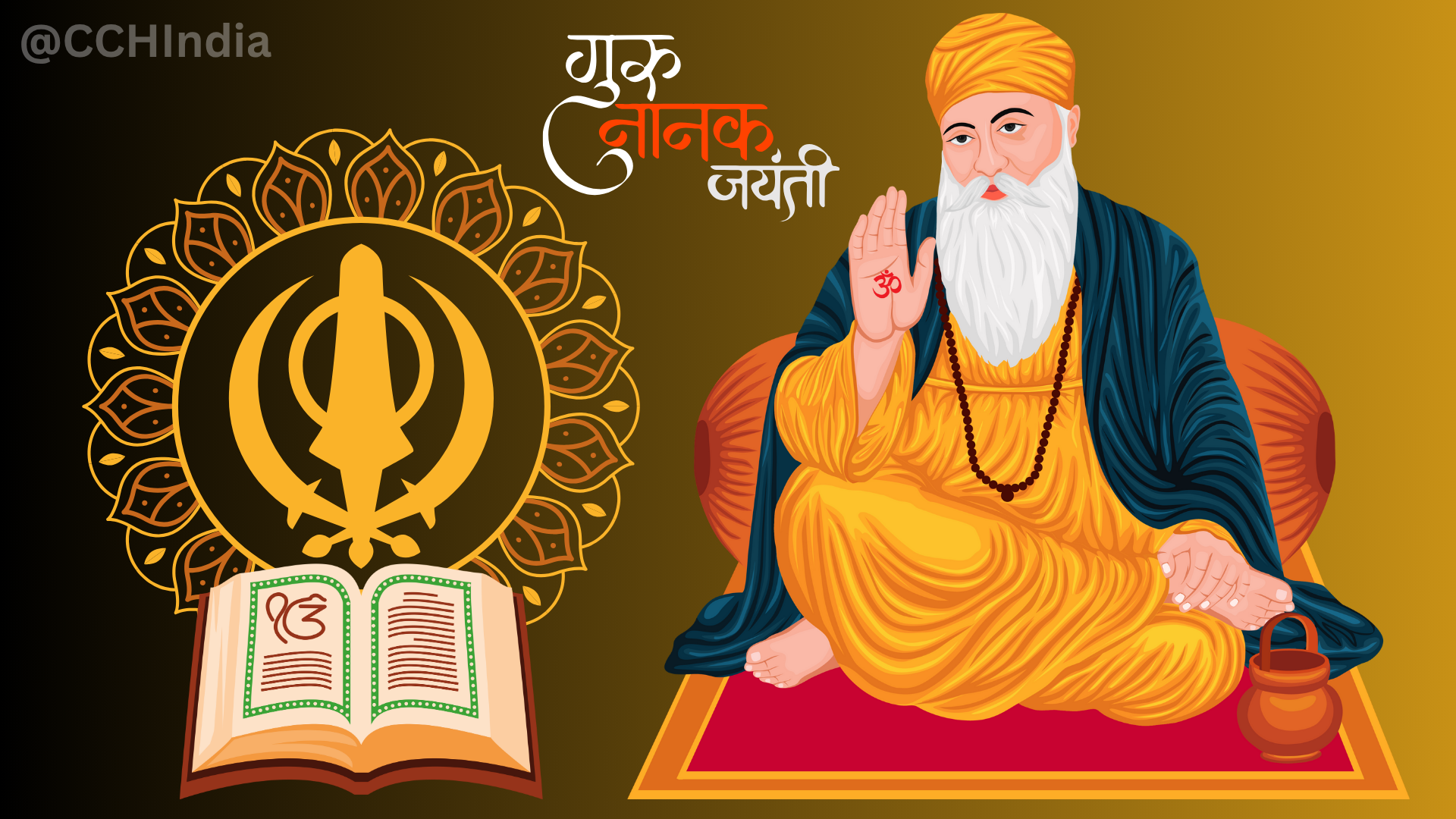
Celebrate Guru Nanak Jayanti 2025 with inspiring wishes, quotes, and messages that reflect the divine teachings of Guru Nanak Dev Ji.
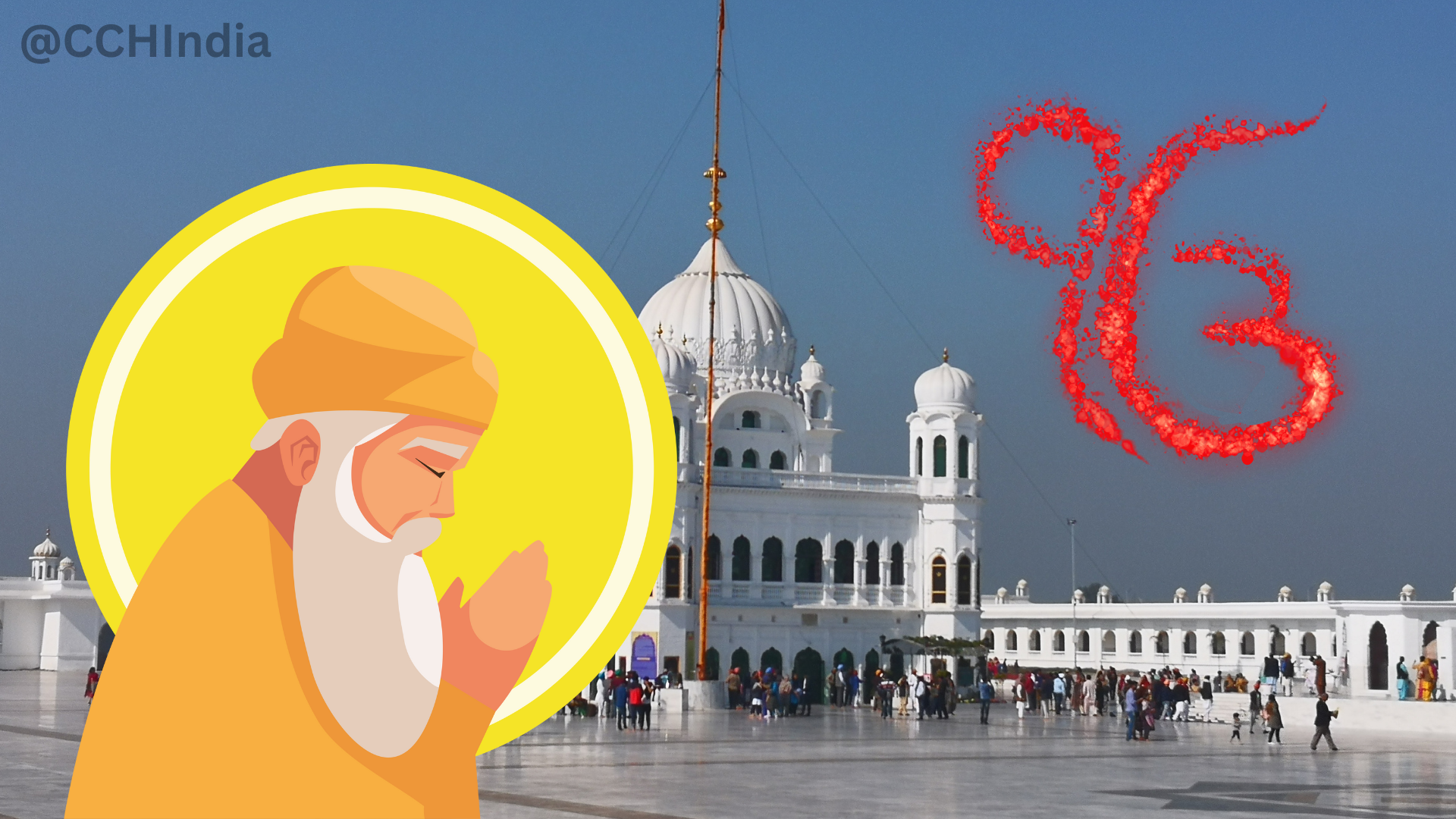
Discover Guru Nanak Dev Ji’s divine journey from Nankana Sahib to Kartarpur, spreading the message of peace, equality, and universal brotherhood.
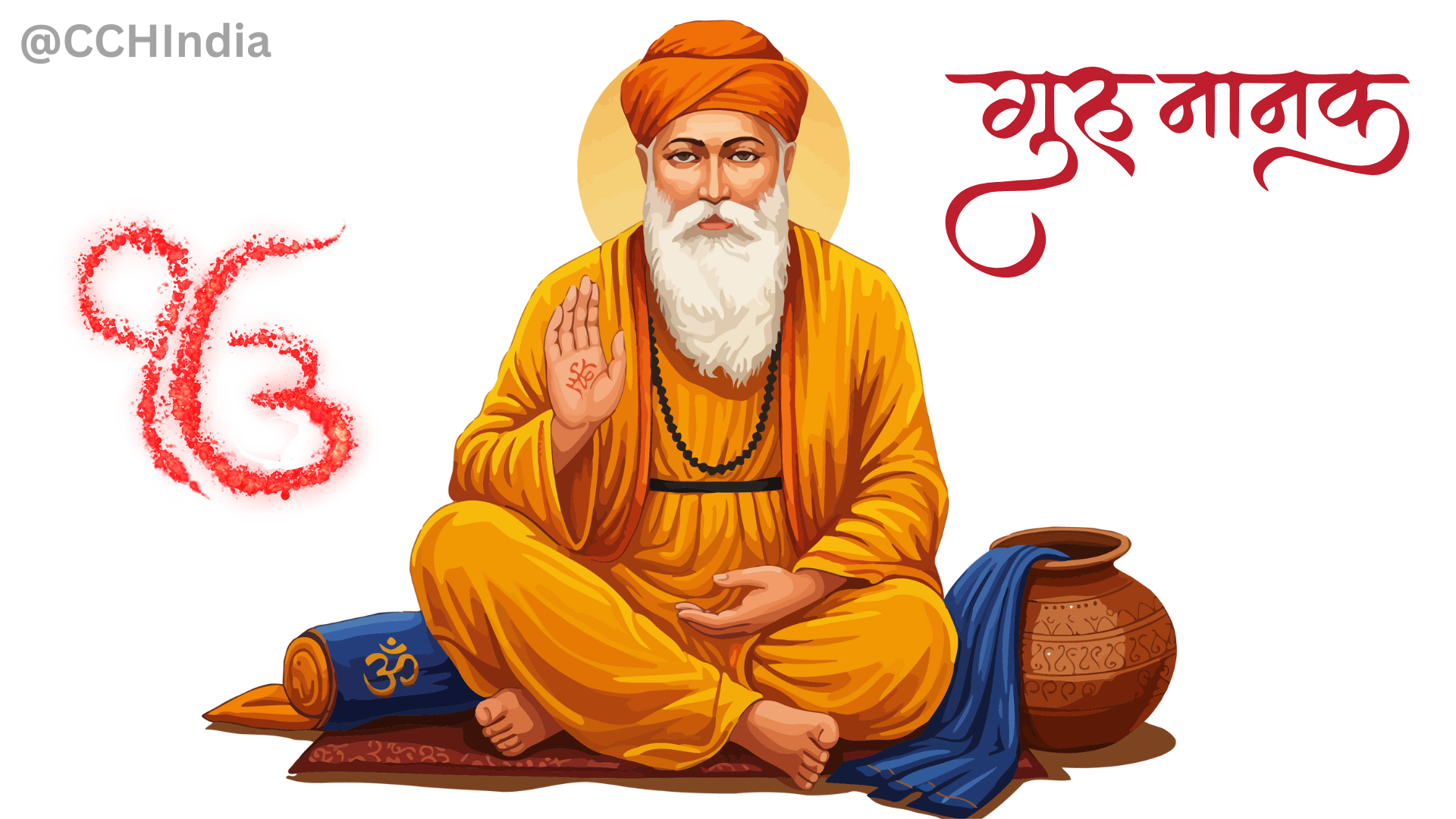
Discover 10 timeless quotes by Guru Nanak Dev Ji that inspire peace, compassion, and oneness. Explore his divine words that continue to guide humanity toward truth and harmony.
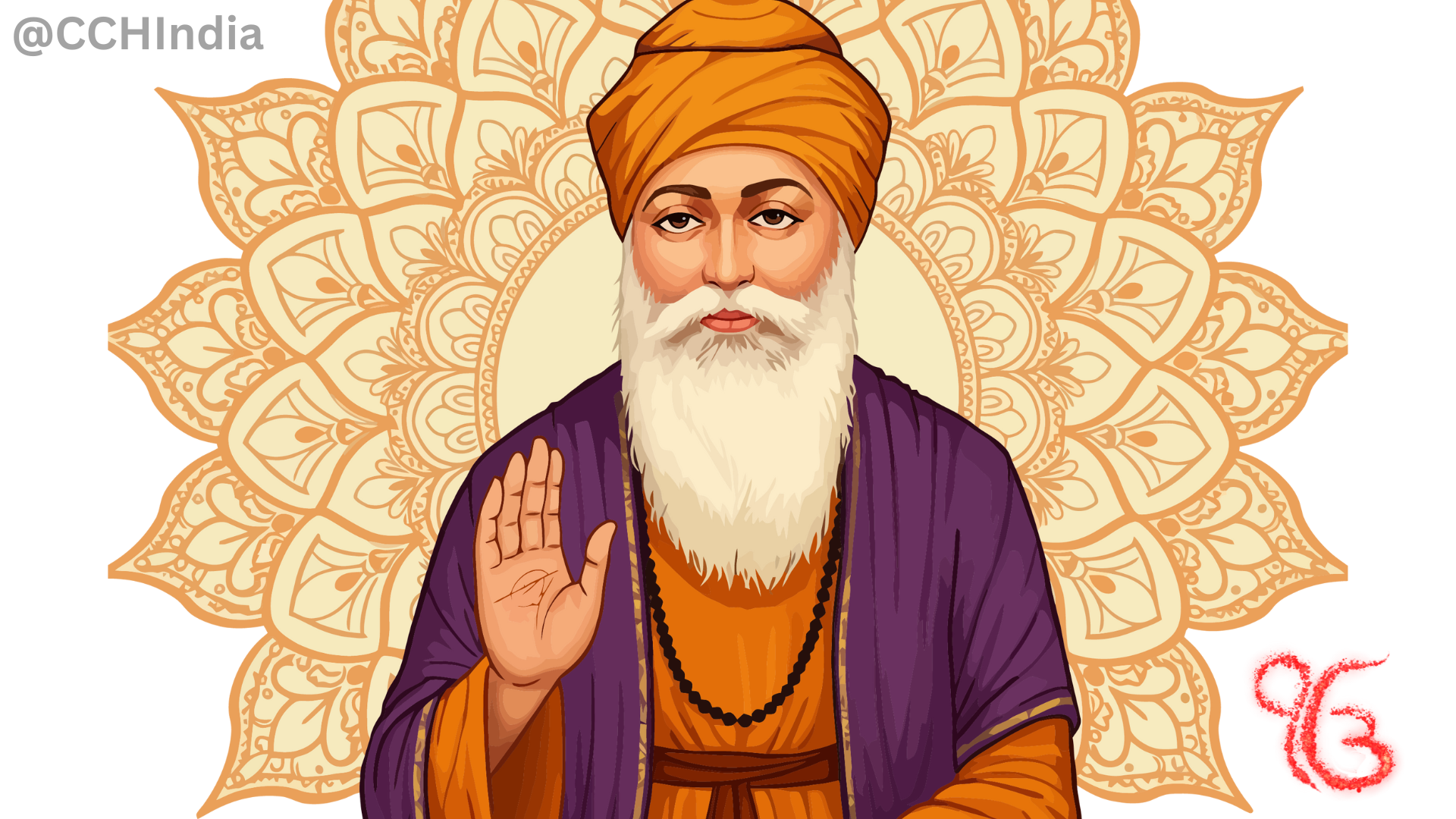
Discover Guru Nanak Dev Ji’s timeless message of Oneness, Equality, and Universal Love. Learn how his teachings of compassion, selfless service, and truth can guide humanity toward peace and unity.

